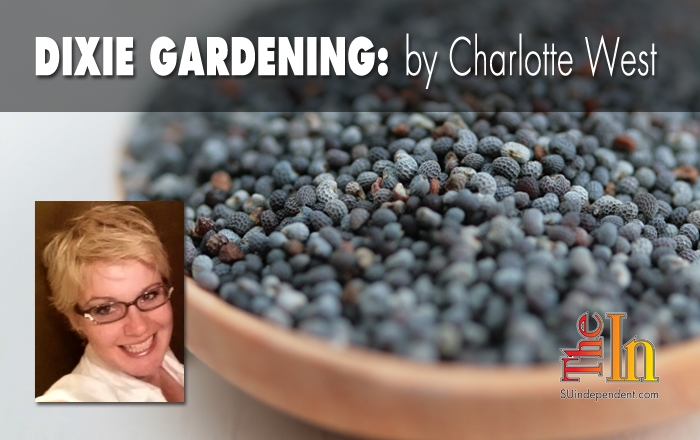Seeds fall into several categories: Open-pollinated, hybrid, and lifespan. Open-pollinated seeds are a result of allowing plants to pollinate freely. Most home gardens have a variety of vegetables, with many in the same family. If you want to save that favorite squash or melon seed to get the same result for the following year, you would have to plant just that variety and in a large quantity, making sure that your yellow squash is far enough away from its neighboring banana squash. Thus, avoiding cross-pollination for seed-saving. Now you know why seed companies are so valuable, as most people do not have the room for both a family garden and seed garden.
However, some seeds are not as sensitive to genetic mutation. Pepper seeds are very forgiving. Others will be an experiment.
The same goes for hybrid seeds. A large portion of seeds are hybrids, created for disease resistance, a certain color, or even taste. The parent plant is no longer inbred; therefore, just as with open-pollinated seeds, you will be able to save the seeds. However, hybrid seeds are only stable for one season. After that, you may get 10 different varieties from 10 seeds.
So, if you save open-pollinated seeds or hybrid seeds, it really is, most of the time, a guessing game. But what if you happened to have purchased seeds in the spring or fall? They can be saved. These are your lifespan seeds.
Cucumber, kale, peppers, tomatoes, lettuce, melons, cabbage, and turnips are a few examples of long-lived seeds (storing for five years), while pumpkins, corn, beans, and carrots would fall into the medium-lived seeds (storing around three years). Short-lived seeds, like onions and spinach, are usually good for one season. Your local seed supplier should be able to give you a more extensive list of different lifespans of seeds.
Storing your seeds is pretty easy. Store them in an airtight container in your refrigerator or a cool place between 40 and 50 degrees Fahrenheit. When you are ready to use them, allow them to breathe in order to reduce any condensation.
Finally, plant and see what you get. You may end up like me with a green striped straightneck squash, or a new exotic plant. And, as always, remember to have fun.




